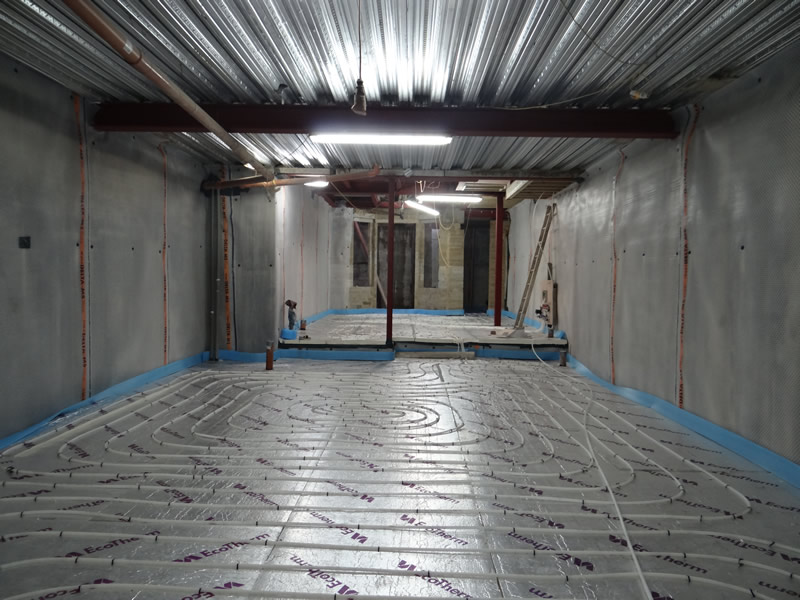What is tanking?
Tanking is effectively the waterproofing of an area by covering the inner walls with a material that will keep out the water that is making the basement damp. Tanking is also sometimes applied above ground in properties that do not have a damp proof course and are built of materials that are not suitable for one. Some older buildings that are built of local materials other than brick fall into this category.
Tanking is worth doing even if you don’t intend to carry out a full basement conversion. It will prevent anything stored in the cellar being affected by damp and turn the cellar into a usable basement area for storage; however, tanking is most often carried out when a homeowner wants to convert the basement into a living or recreation space. Cellar tanking in London will always pay for itself because it gives future owners the option of going for a full basement conversion later.
Why are basements and cellars damp?
This is a key question. Dampness in basements can have many different causes, and cellar tanking in London can be particularly tricky. If you employ a company without specific expertise, you may find that your basement conversion continues to be damp because the wrong diagnosis of the problem has led to the wrong solution being implemented. The result is a wasted budget and a basement that you still can’t use.
Be careful to use a company that is a member of the British Structural Waterproofing Association (BSWA). Such companies have expert knowledge on damp problems and how to solve them effectively and economically.
Damp is sometimes caused by moisture leaching through a concrete foundation or by moisture evaporating onto cold surfaces; however, the most common cause is simply the fact that the basement is below ground level. This means that it is surrounded by damp earth, with the moisture going through the walls into the basement area.
What does tanking involve?
Tanking involves applying a substance that can permanently block the water. The substance can vary but is often referred to as ‘tanking slurry’. This obviously has to be a material that can be applied to damp walls, so it is a thick and sticky mix that will adhere to the wet walls. Once it has ‘cured’ – dried out – it will permanently block moisture. There are different tanking systems; again, it is important to get the work done by a firm that knows which system is most suitable for your particular basement.
After the basement is tanked
You need to be careful about piercing the tanking shield afterwards. If you intend to put up shelves or fix units, you need to ensure that the tanking is made whole. This is why the technical aspects of basement conversion projects need to be carefully planned and project managed. A firm with experience and expertise will be able to advise on suitable fixings in tanked basements.

